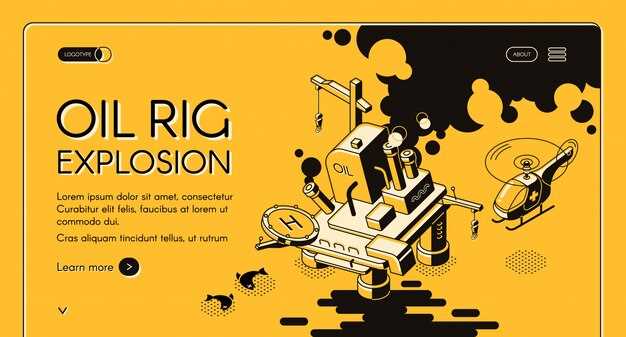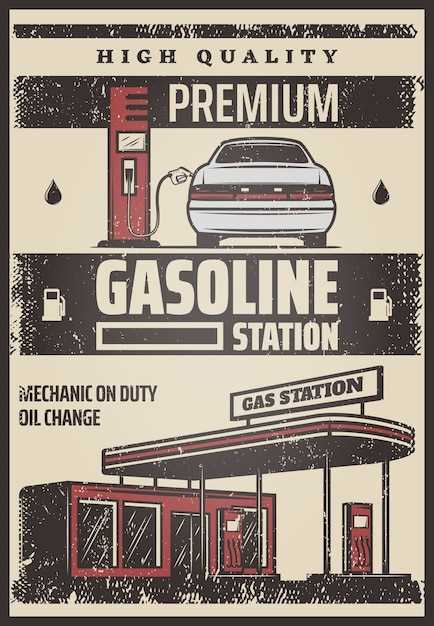
In the early 1970s, the automobile industry underwent a profound transformation due to the shifting landscape of fuel availability and prices. The fuel crisis not only reshaped consumer behavior but also forced manufacturers to reevaluate their production strategies. As the cost of oil surged, average miles per gallon (mpg) became a critical measure of vehicle appeal, leading to a drastic shift in engineering priorities.
The crisis prompted American automakers to transition from the powerful, gas-guzzling vehicles that had dominated the market in the 1960s to a new generation of smaller, more fuel-efficient models. This shift was not merely a response to consumer demand but a necessity for survival in a rapidly changing economic climate. The increased focus on fuel efficiency changed the automotive landscape, fostering innovation and competition in ways that had not been previously anticipated.
Consequently, the fuel crisis of the 1970s acted as a catalyst for long-term changes in the automotive industry, ushering in an era where mpg ratings took precedence over horsepower and size. This pivotal moment not only influenced the types of vehicles that were produced but also marked the beginning of an ongoing dialogue about sustainability and resource management in the automotive sector.
How the Fuel Crisis Reshaped Automotive Design and Technology

The fuel crisis of the 1970s profoundly influenced the automotive industry, driving manufacturers to rethink their approach to car design and technology. With skyrocketing fuel prices and dwindling fuel supplies, consumers began prioritizing fuel efficiency over power and performance.
As a result, automakers shifted their focus toward creating vehicles that offered better miles per gallon (mpg). This shift was not just a response to consumer demands but also a necessary adaptation to changing market conditions. Key changes included:
- Streamlined Aerodynamics: Cars were redesigned to minimize air resistance. Features like sloped hoods, tapered rear ends, and overall smaller silhouettes became prevalent.
- Lightweight Materials: Manufacturers began using lighter materials such as aluminum and plastics, which helped reduce vehicle weight and improve fuel economy.
- Engine Efficiency: Innovations in engine technology led to the development of smaller, more efficient engines. Many companies experimented with turbocharging and fuel injection to enhance performance without sacrificing mpg.
- Compact Models: The demand for smaller cars surged, leading to the popularity of compact and subcompact models. Cars like the Honda Civic and Volkswagen Rabbit became icons of fuel-efficient driving.
- Hybrid Technologies: The crisis prompted early research into hybrid vehicles, laying the groundwork for future advancements in fuel-saving technologies.
In response to the crisis, regulations also changed. The introduction of Corporate Average Fuel Economy (CAFE) standards mandated higher fuel efficiency, prompting manufacturers to invest heavily in research and development.
Ultimately, the fuel crisis of the 1970s catalyzed a transformation in automotive design and technology, setting standards that still influence the industry today. The quest for better mpg not only shaped the cars of that era but also established a foundation for ongoing innovation in fuel efficiency and sustainability.
Understanding the Shift in Consumer Preferences for MPG Ratings

The fuel crisis of the 1970s fundamentally transformed consumer behavior regarding automobiles, particularly in terms of their preferences for miles per gallon (MPG) ratings. Prior to the crisis, American consumers largely prioritized size, power, and styling over fuel efficiency. However, as gasoline prices surged and shortages became a common occurrence, MPG ratings emerged as a crucial factor in the purchase decision process.
During the early part of the decade, the average MPG of vehicles in the United States was significantly lower, with many models offering subpar fuel efficiency while catering to a booming demand for larger cars. The onset of the crisis prompted consumers to reassess these priorities, emphasizing the importance of efficient fuel consumption. This shift was not merely a trend but a substantial change in mindset that reshaped the automotive market.
As a reaction to heightened fuel costs, manufacturers began to adapt their strategies to meet these evolving demands. Compact cars and fuel-efficient models gained popularity, as consumers sought vehicles that promised lower operational costs. Automakers like Volkswagen, Toyota, and Honda gained significant market share, offering models that provided impressive MPG ratings and practicality. This was a decisive moment that encouraged companies to innovate in design and engineering to enhance fuel efficiency.
The ramifications of the crisis extended beyond mere consumer choice; they influenced the entire direction of the automotive industry. Regulations were introduced, aiming to improve vehicle efficiency standards, and manufacturers found themselves under pressure to balance performance with economy. The shift in consumer preference for MPG ratings not only redefined buying behavior but also led to sustained changes in automotive engineering and policy frameworks that continue to impact the industry today.
In summary, the 1970s fuel crisis catalyzed a critical shift in consumer priorities. MPG ratings became synonymous with value as consumers sought to navigate the new economic landscape. This transformation laid the groundwork for modern automotive trends where fuel efficiency remains a significant consideration, highlighting the long-term influence of the crisis on consumer habits and automotive innovation.
Analyzing the Long-Term Effects on Global Car Manufacturing Trends
The fuel crisis of the 1970s had a profound impact on the automotive industry, leading to significant changes in manufacturing practices and vehicle design. As fuel prices skyrocketed, consumers began prioritizing fuel efficiency, with miles per gallon (mpg) becoming a key specification in vehicle performance. Manufacturers had to adapt quickly to this shifting preference, resulting in innovations aimed at improving mpg ratings.
In response to rising fuel costs, many automakers transitioned from large, gas-guzzling vehicles to smaller, more efficient models. This transformation laid the groundwork for long-term trends in global car production. Compact cars and fuel-efficient vehicles gained popularity, influencing design approaches and engineering strategies across the industry. Companies invested in research and development to create lighter materials and advanced engine technologies, which contributed to improvements in fuel economy.
Moreover, the oil crisis catalyzed the emergence of alternative fuel vehicles, including electric and hybrid models. As the quest for energy efficiency gained momentum, manufacturers began exploring new powertrain technologies, reshaping the competitive landscape of the global car market. This diversification of vehicle options not only aimed to meet consumer demand for better mpg but also positioned companies to address environmental concerns associated with traditional fuel consumption.
In the long run, these shifts established a trend towards sustainability in automotive manufacturing. The industry’s focus on fuel efficiency has influenced regulations and standards that continue to govern car production today. As governments worldwide implement stricter emissions regulations and push for greener technologies, the automotive sector remains committed to evolving its manufacturing processes to meet these challenges. Ultimately, the legacy of the fuel crisis continues to shape the industry’s trajectory, ensuring that fuel efficiency and innovation remain at the forefront of car manufacturing trends.












